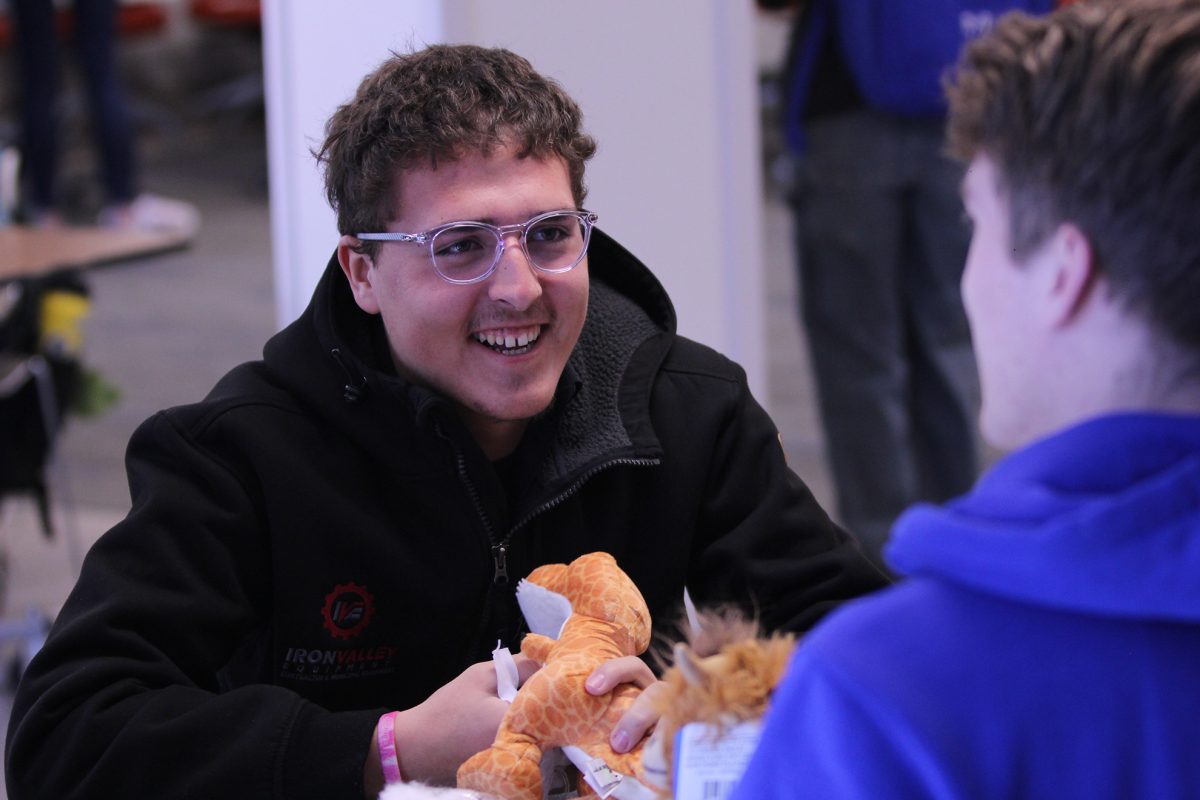BRAYDON CONELL
conellbt@lopers.unk.edu
Kearney, like much of the state, has grown accustomed to seeing help wanted signs everywhere. However, is it an illusion?
According to official unemployment data from the Bureau of Labor Statistics, Buffalo County has a low rate of unemployment of just 2.5 percent. The State of Nebraska has a similar rate of just 3.1 percent. This data is from September 2019.
“The City of Kearney has an unemployment rate that consistently hovers between 2.2 percent and 2.4 percent,” said Marion McDermott, former Kearney area Chamber of Commerce CEO. Most of these people who are unemployed are probably not employable.”
This is problematic for local businesses. Employers can’t find qualified workers to fill their vacancies.
Despite these low numbers and large number of help wanted signs around the city, this does not mean that there are no people to fill them. Unemployment data only counts that those currently seeking a job but remained unemployed and have filed with the unemployment office.
Students, people holding positions, and others not eligible to file for unemployment are underrepresented in unemployment rates.
While some professional fields require advanced degrees, which students may not hold, there remain positions within the city that are unfilled despite interest.
This has constructed an illusion for many students in Kearney. Help wanted signs are everywhere, but submitting applications does not always lead to jobs.
While hiring decisions remain in the hands of the business with guidelines from state and federal law, job seeking can be mystic for students looking for money to pay any expenses.
Other concerns are that employers do not want to work with school schedules and have required times if you want the position.
In a college town where a large segment of the new workforce is students, this can be problematic for both employers and job seekers.
Students said there appears to be an unwillingness by some employers to adapt to the new job environment. Still, businesses are transitioning to online applications. But online applications are not all what they are led up to be.
Students bore witness to these online applications and how they would prefer to apply through paper applications.
Some have assisted in this transition to online job-seeking, but not everyone takes to the web. One Facebook Group — Kearney Area Jobs — has been compelled to make rules regarding conduct of not ridiculing job seekers for using the platform to see what is available.































